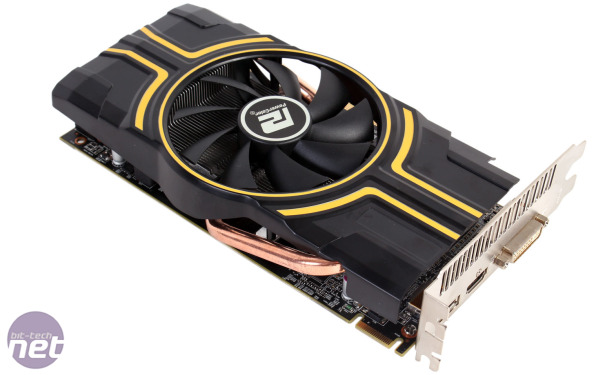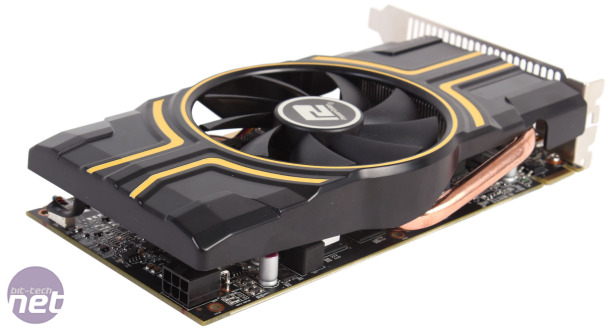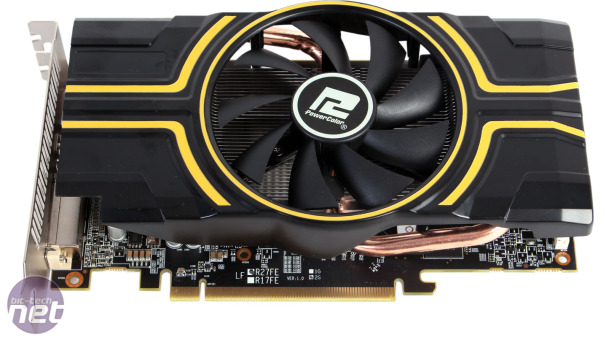
Performance Analysis
At stock speeds, the R9 270 is on par with the GTX 660 and HD 7870 in Battlefield 3 but 4fps behind the R9 270X, with PowerColor's overclock reducing this gap to 2fps. At the higher resolution here the R9 270 is impressively still playable but again it only beats the GTX 660 and HD 7870 on average frame rates.For Battlefield 4 we tested at high detail rather than ultra, which would prove too demanding. Sadly, we don't currently have a GTX 660 to test with, but AMD's cards nonetheless continue to show an advantage in this benchmark, with the R9 270 even trumping the GTX 660 Ti, a card that's rather more expensive.
In BioShock Infinite the R9 270 is slightly ahead of the GTX 660, beating it by 2fps and 1fps at 1,920x1080 and 2,560 x 1,600 respectively. The overclock from PowerColor gives it a very marginal boost at both resolutions, but the R9 270X - the same GPU at faster clock speeds - is at least 7 percent faster.
Crysis 3 has the GTX 660 as the better card at 1080p, but the R9 270 manages to claw it back at 2,560 x 1,600, but at this resolution all the relevant cards can't achieve playable frame rates anyway. The older HD 7870 gets left behind by the R9 270, but as you'd expect the R9 270X maintains its lead.
In Skyrim, the R9 270 has a small but definite lead over the GTX 660 of 2fps at both resolutions, and at the higher resolution it even manages to surpass the GTX 660 Ti. The overclock from PowerColor also seems to be at its most effective here, as the card improves by at least 5 percent as a result of it. That said, the R9 270X is able to keep more than 13 percent ahead of the stock speed R9 270 GPU.
In Unigine, we see a different story as not only does the R9 270X stay ahead of the R9 270 by 12 percent, but the GTX 660 does the same and the HD 7870 has a slight lead on it too, since it does after all use the same GPU at a higher clock speed.
In terms of power consumption, the card comes out as a bit of a let down, as it brought our total system power consumption to even higher than the stock R9 270X board did. This is likely due to the fact that our sample is overclocked and not a reference board, as even at default clock speeds we saw the same thing happen. It's still an odd result, however, and one that has us questioning the claim that it only consumes as much power as the HD 7850, as our tests indicate otherwise. Both the GTX 660 and the faster GTX 660 Ti also consume less power.
Thankfully, thermals and noise from the PowerColor card are great. We rarely heard it above the rest of our system during testing and the large single fan cooler is able to keep temperatures on par with the more efficient Nvidia hardware in the GTX 660 and GTX 660 Ti card.
Conclusion
The impressions we're left with after our time with the R9 270 are rather mixed. On the one hand, the card is clearly a competent performer in modern games at 1080p and is available at an attractive price point, which is what it was designed to be. Specifically for this card, PowerColor has also made a version that runs cool and quiet as well, which is always a bonus, although the overclock is a very conservative one.Equally, however, the same things could be said of the R9 270X. The small performance drop as a tradeoff for the lower power draw is unnecessary for most, since if you're able to power the R9 270, chances are you're able to power the R9 270X too, especially when you look at our power consumption results. The difference in price is also so small that it doesn't really make much sense to opt for the less powerful card.
That is, of course, unless your system is only able to house the R9 270, which is smaller and - crucially - only requires one six-pin PCI-E power connector. So if you're still soldiering away with an old or low-power PSU or have a particularly small case, this could be the perfect card for you, as overall it has a slight edge on the GTX 660 in games.
In the end then, there's not much we can fault the R9 270 for, as it's price and performance are well matched. We just think the R9 270X is the better deal for the vast majority of people.
-
Performance30 / 40
-
Features23 / 30
-
Value26 / 30


MSI MPG Velox 100R Chassis Review
October 14 2021 | 15:04












Want to comment? Please log in.